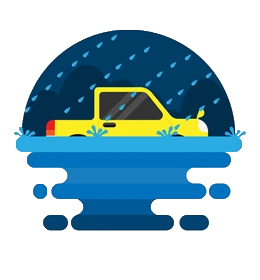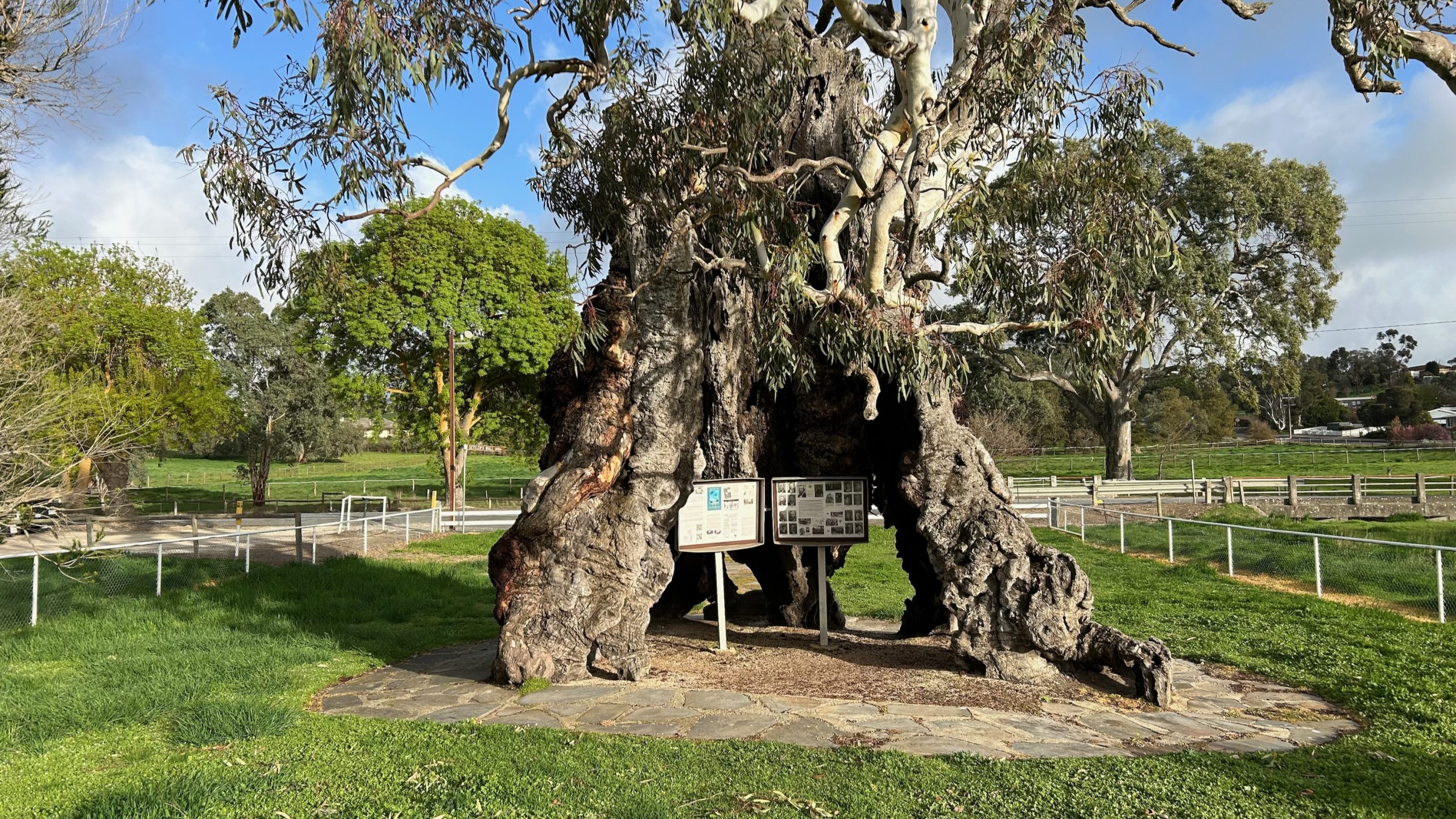3 simple strategies to avoiding
the dangers of flooded roads
Imagine being caught in a sudden downpour, your visibility diminishing as water levels rise around your vehicle. This scenario is not just a hypothetical – it’s a real threat that claims lives every year.
There have been three or four occasions where I have had a road trip re-routed due to flooding and I have to be honest, on a couple of these I have been tempted to see if I could drive though. Thankfully though, I have never succumbed to the temptation.
As climate change intensifies extreme weather events, understanding road safety during flooding has never been more critical. If you are ever confronted by the same thoughts of trying to drive through a flooded road, keep in mind the following strategies that could save your life when faced with treacherous floodwaters.
Some typical flooding signs:

1. Understand the hidden perils of floodwaters
Floodwaters are deceptive. What appears to be a shallow puddle could conceal a washed-out road or dangerous debris. Even 15cm (6″) of fast-moving water can sweep a person off their feet, while just 60cm (2′) can carry away most vehicles. The power of water is often underestimated, leading to tragic consequences for unprepared drivers.
2. Proactive planning is your first line of defence
Preparation is key when it comes to flood safety. Before embarking on any journey during flood-prone seasons, check weather forecasts and road conditions.
If there’s a possibility of flooding, consider postponing your trip or planning alternative routes. This simple step can be the difference between a safe journey and a life-threatening situation.
3. Critical decision making
If you encounter floodwaters while driving, your next actions are crucial. Never attempt to drive through flooded roads – turn around and find another way. It’s impossible to gauge the depth or current strength of floodwaters from inside your vehicle. Remember, it takes just 30cm (12″) of rushing water to carry away a small car, and 60cm (2′) for larger vehicles.
By prioritising safety over convenience, staying informed, and making smart decisions, you can significantly reduce your risk during flood events.
Don’t let your journey become a statistic.
Stay alert, stay prepared, and above all, stay alive.

Check road conditions before travelling
The roads that you are planning to use may have had a rough time so checking before travelling is always recommended.
The following links are some that i have found useful in the past. If you know of others, please let us know inn the comments below and we will update the list.













Leave A Comment